There have been significant recent advances in self-driving technology however it still seems to be years away. It is a complex problem but progress is being made. This week we will look at 2 companies that have self driving technology for freight. Freight is a massive market. In 2017 the world spent US$1.5 Trillion on moving goods. Reducing that cost is the target of many startups.
We will also look at a new graphene circuit that can provide limitless energy to small devices and sensors, a new method of making video clips of your favorite sporting or news event. Finally we will look at the progress that a couple of Australian startups have made in areas that we have discussed over the last few months.
Autonomous Freight
Later today (4pm Sydney time, Thursday, 8 October 2020) Swedish Technology company, Einride will release their new electric and autonomous freight vehicles. Watch the launch live here.
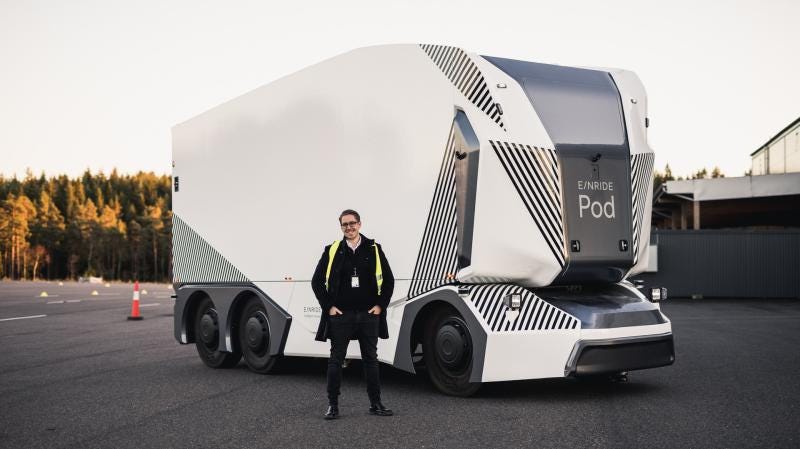
With the current model (above) Einride carries freight for Swedish Food Manufacturer, Oatly using 4 of their T-Pod vehicles. It is the first transport startup to operate a truly driverless heavy transport vehicle on a public road. The company’s goal is to provide contactless freight delivery with the whole process from loading to transporting and then unloading all completed autonomously.
Whilst we are talking about Autonomous Trucks, Springfield Missouri based Wilson Logistics have ordered 1,120 autonomous truck systems from Locomotion. The Locomotion system links two trucks allowing them to be operated by a single driver.

Two drivers start the journey and once on the highway, the lead driver takes over both trucks and the second driver rests. Periodically the lead truck swaps with the follow truck to alternate the driver rest periods. The system reduces fuel costs and speeds up delivery with the elimination of driver rest breaks. This is one of several truck platooning systems in testing and development (Volvo and Peloton Technology also have systems).
Graphene Circuit with limitless Energy
University of Arkansas physicists have developed a graphene circuit that could produce limitless clean energy. The system captures graphene’s thermal motion and transforms it into an electrical current for very small devices or sensors.
The work contradicts, Nobel Prize winning Physicist, Richard Feynman’s work on Brownian Motion that presumed that the thermal motion of atoms cannot be worked with. The team found that at room temperature the thermal motion of graphene does induce an alternating current (AC). This was achieved by building a circuit with two diodes, instead of one, for converting AC into direct current (DC). With the diodes in opposition the current could flow both ways. This results in a DC current that performs work on a load resistor and increases the amount of power delivered.
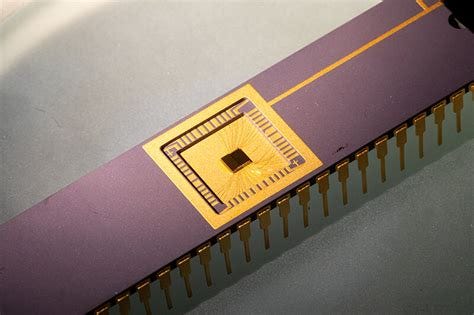
Snapscreen
I have a mate that is constantly saying that his footy team is being harshly done by when it comes to referee’s decisions. Let’s call him Vic. When trying to convince me that the referee was wrong, Vic will spend hours going into minute detail about every aspect of the play. However it is difficult to convince me without video proof. “Video or it never happened!”
To get this video proof today you need to, on some TV’s, rewind the play and use your phone to take a video of the acton. Then you can text or email the video to friends or post it on social. Snapscreen has developed a better way.
All Vic needs to do is take out his smartphone, open Snapscreen and take a photo of the game on TV. The app will open a live video of the game. He will then be able to scroll back in time and create a clip that captures the referee’s error. He can then add a comment and forward it to friends via email and text or post on social.
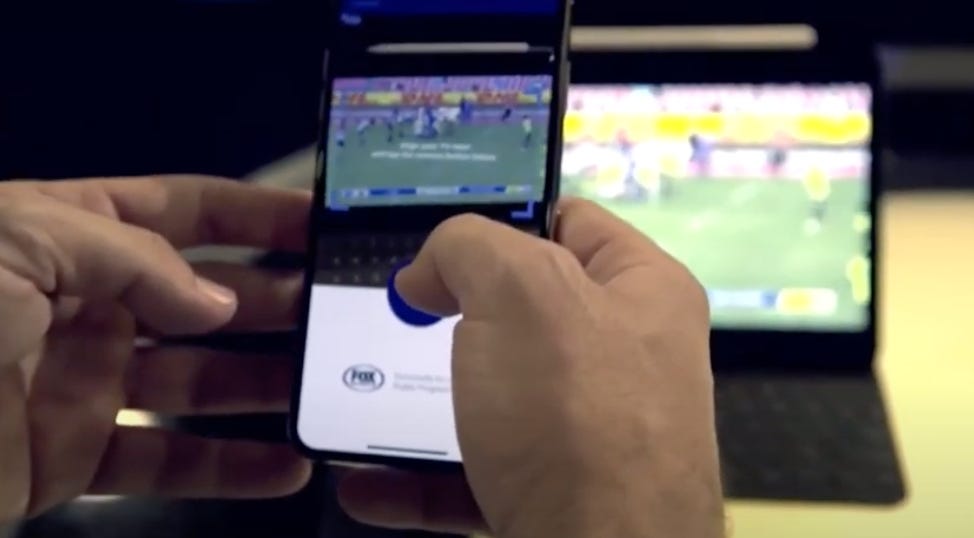
The system works with participating broadcasters. Fox Sports in Australia is an early partner. The system allows the broadcaster to build a closer relationship with their viewers and understand what is being shared and thus of greatest interest. Some small amount of advertising can also be included.
People will share clips on social media with or without permission. Sharing enables greater audience participation and engagement. This system allows the broadcaster to participate in that sharing. The system is also being trialled in the US during the election. No guarantee what will be shared there.
Vic will never believe that his team is being treated fairly by the referee however now with Snapscreen, I will at least know what he is talking about.
Australian Startups
This week I wanted to feature a couple of Australian startups that are working in areas which have been discussed in recent months.
AMSL Aero
Founded in 2017, AMSL Aero is developing a VTOL (Vertical TakeOff and Landing) or flying car. We have featured a number of designs in the past year however AMSL is taking a different design approach with their VTOL, Vertiia.
The Vertiia is fully electric, can hold up to 6 people, can be flown autonomously and has a top speed of 300 km/h with a range of 250 kilometers.
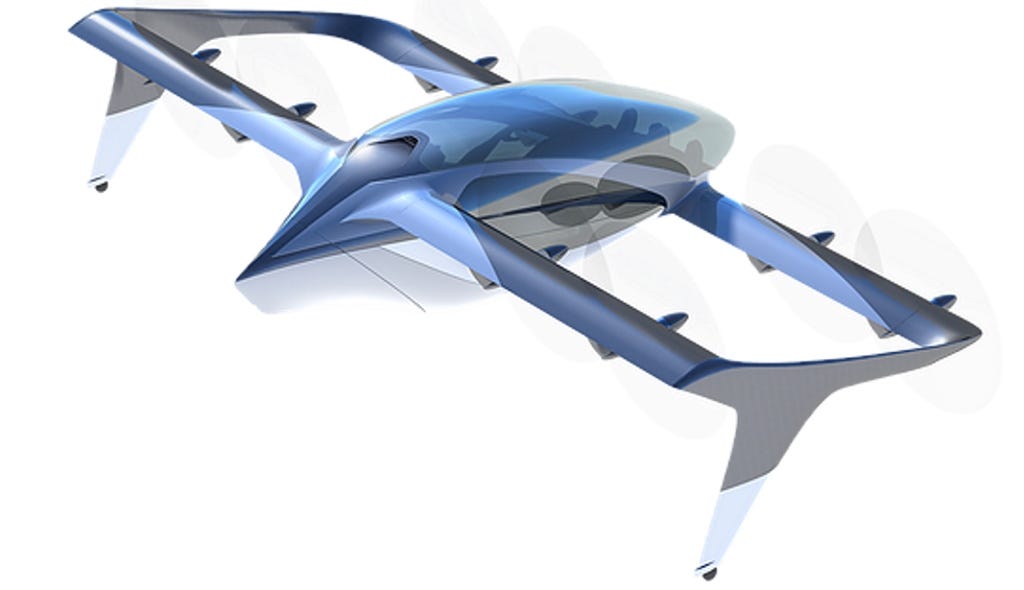
In July 2020 the company announced that they were moving to Narromine Aerodrome Industrial Park, northwest of Sydney, after receiving a NSW Government Regional Investment Grant. AMSL hope to have a commercial product ready for market in 2021.
Fleet
Fleet is a satellite company based in South Australia. Their mission is to connect the “internet of everything” using space technologies and communication systems. In 2018, Fleet launched 4 commercial nano satellites into low earth orbit. The next batch of satellites will be launched in 2020.

The systems are being developed to connect the Industrial Internet of Things. The Internet of Things is a network of internet connected devices used in everyday settings e.g. sensors on pipelines, wind turbines, fences or air quality monitoring stations. The internet connection allows remote monitoring and management. This is particularly useful for remote areas where on site monitoring is difficult and expensive e.g. Utilities, Farming, Resources and Defence.
The satellites connect to a Portal which will provide connectivity to up to 1000 sensors within a 15 kilometer range. Data can then be monitored remotely and action taken where needed.
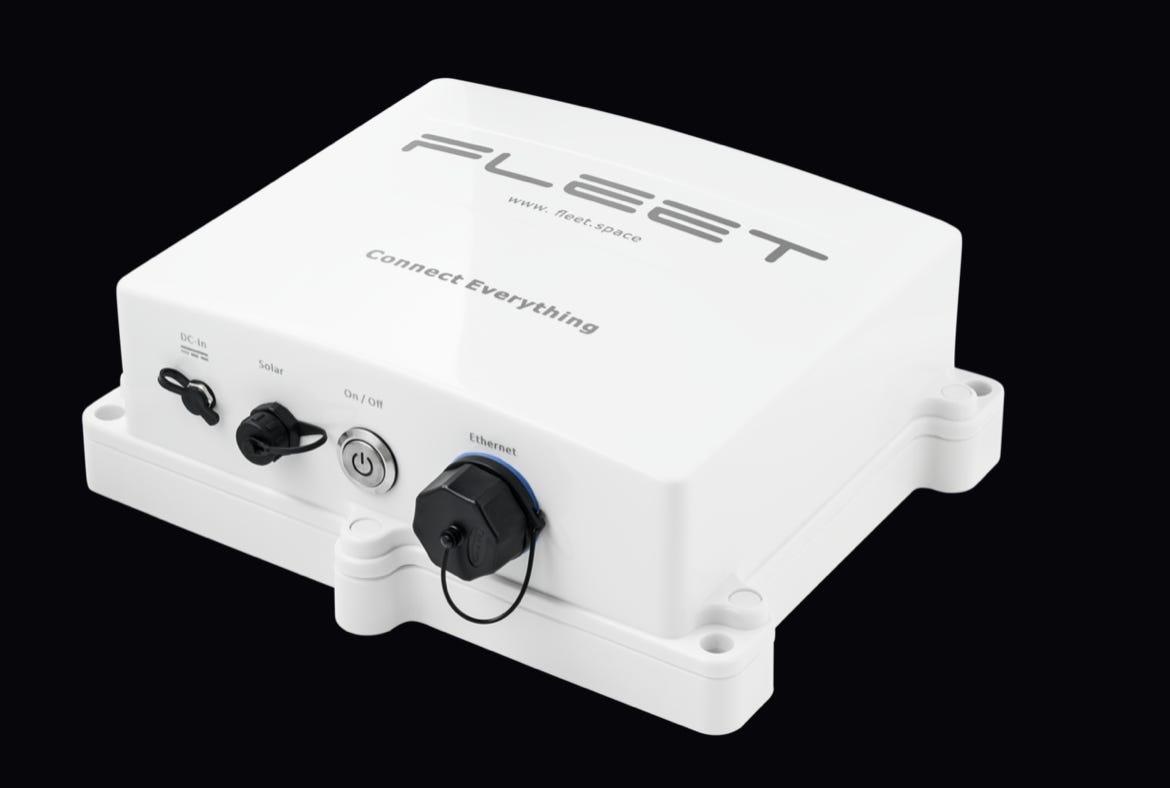
Paying it Forward
If you have a start-up or know of a start-up that has a product ready for market please let me know. I would be happy to have a look and feature the startup in this newsletter. Also if any startups need introductions please get in touch and I will help where I can.
If you have any questions or comments please email me via my website craigcarlyon.com or comment below.
I would also appreciate it if you could forward this newsletter to anyone that you think might be interested.
Till next week.


